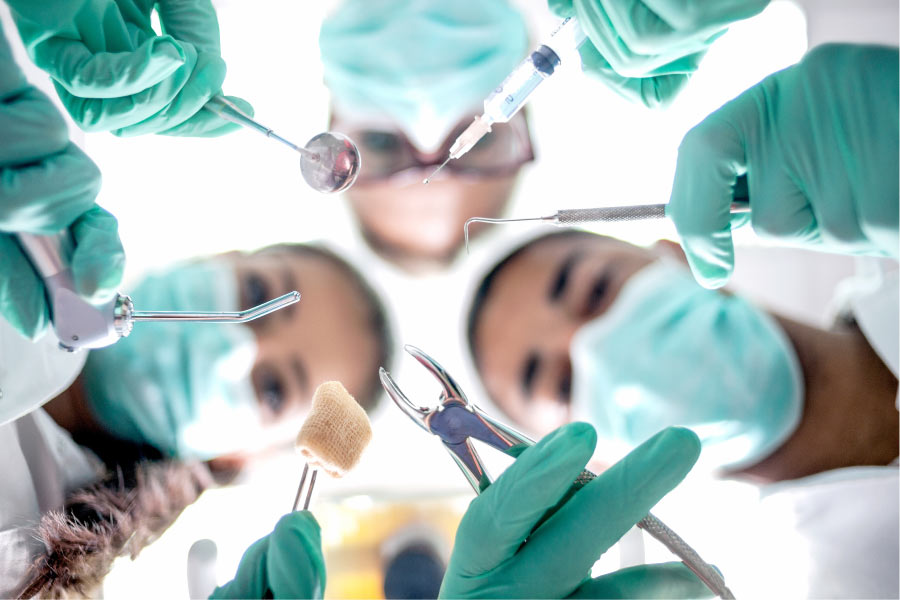Dental flap surgery, also known as periodontal flap surgery or simply flap surgery, is a dental procedure commonly performed by periodontists to treat advanced gum disease (periodontitis). This surgical intervention is used to access and clean the roots of teeth, remove infected tissue, and reposition or regenerate bone tissue when necessary. In this article, we will delve into the details of dental flap surgery, including its procedure, benefits, and what to expect during the recovery process.
What is Periodontal Flap Surgery?
Periodontal flap surgery, also known as flap surgery or periodontal pocket reduction surgery, is a dental procedure performed by periodontists (dentists who specialize in treating gum diseases and supporting structures of teeth) to treat advanced cases of periodontitis or gum disease. The primary goal of periodontal flap surgery is to access the roots of teeth and the surrounding bone, remove bacterial deposits, and create an environment that promotes gum tissue healing and attachment.
Dental flap surgery is a procedure used to access and repair the inside of the mouth. It is typically used to treat damage to tissues inside the mouth that are unable to be treated with a standard surgical approach. Flap surgeries often involve lifting a flap of skin and soft tissue from one part of the body and then repositioning it to close off and repair the affected area. Dental flap surgery is used to treat various issues in the mouth, such as a collapsed jaw, periodontal disease, impacted teeth, cysts, and other dental problems.
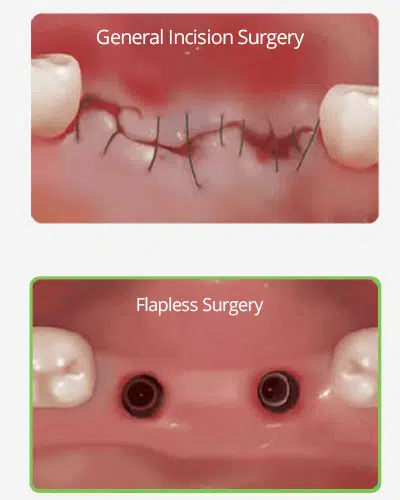
When Might You Need Dental Flap Surgery?
- A cyst or tumour near the jaw that is preventing you from opening your mouth as wide as you’d like.
- A cyst or tumor that is pressing on your cheek, lips, or tongue and causing pain or discomfort.
- An infection, abscess, or cyst that is too deep to be treated with a simple extraction.
- Severe periodontal disease that is too advanced to be treated with scaling and root planning (a non-surgical procedure).

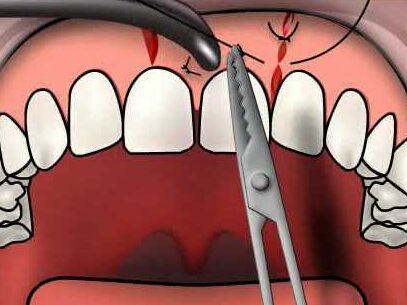
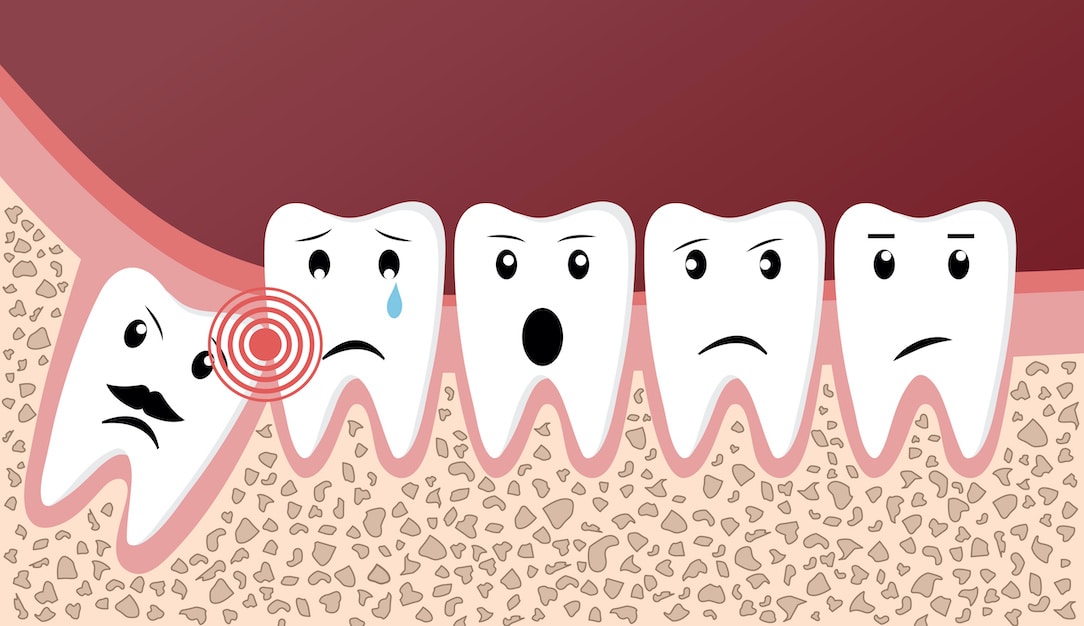
- A broken jaw or jaw joint that needs to be realigned and stabilized.
- Impacted wisdom teeth that are too deep to be removed through standard oral surgery.
- Dental fractures, damage to the gums or the jaw, or other oral trauma.
Types of Flaps in Dentistry
In dentistry, various types of flaps are used during surgical procedures to gain access to the underlying tissues, such as bone, teeth, and gums. These flaps are designed to facilitate the surgical process, whether it’s for tooth extraction, periodontal surgery, or other dental procedures. Here are some common types of flaps used in dentistry:
- Gingival Flap: Gingival flaps are used in periodontal procedures to access and treat the underlying bone and root surfaces. They involve lifting the gum tissue away from the teeth to expose the affected area. Gingival flaps can be full-thickness (where both the outer and inner layers of the gum tissue are lifted) or partial-thickness (only the outer layer is lifted). They are commonly used in procedures like periodontal pocket reduction surgery.
- Lingual Flap: Lingual flaps are used in oral surgery, particularly for accessing the lingual (tongue-side) surfaces of the teeth and underlying structures. They are often employed during procedures like impacted wisdom tooth removal, where access from the inside of the mouth is necessary.
- Palatal Flap: Palatal flaps are used when access to the palatal (roof of the mouth) area is required. They are commonly used in procedures such as dental implant placement or accessing and treating palatal lesions.
- Mucoperiosteal Flap: Mucoperiosteal flaps involve lifting both the mucous membrane (soft tissue) and the periosteum (bone covering) to expose the underlying bone and root structures. They are often used in oral surgery to access the alveolar bone for procedures like dental implant placement and bone grafting.
- Envelope Flap: An envelope flap is a type of gingival flap where the outer layer of the gum tissue is lifted to expose the root surfaces, while the inner layer is left intact and sutured back in place. This type of flap is often used in crown lengthening procedures to expose more of the tooth structure for restorative purposes.
- Pedicle Flap: In a pedicle flap, a section of gum tissue is partially detached from its blood supply but remains partially attached, creating a “hinged” flap. This flap can be repositioned to cover defects or exposed root surfaces. It is commonly used in root coverage procedures for treating gingival recession.
- Trapezoidal Flap: A trapezoidal flap is a modified version of the envelope flap, where the incision forms a trapezoid shape. This type of flap is used when more extensive access is needed, such as in surgical extractions or periodontal surgery.
- Triangular Flap: A triangular flap is created by making an incision that forms a triangular shape. This flap is often used for surgical extractions and to access the apical (bottom) portion of the root during root-end surgery (apicoectomy).
- Vertical Release Incision: Vertical release incisions are used to extend the access provided by other flap types. They are typically used to gain greater visibility and access during various dental procedures.
The choice of flap type in dentistry depends on the specific procedure, the location of the affected area, and the goals of the surgery. Dentists and oral surgeons select the most appropriate flap design to ensure optimal surgical outcomes and patient comfort during the procedure and recovery.
Are you in need of professional Dental Flap Surgery in Mumbai to treat gum disease and improve your oral health? Look no further! Our experienced team of periodontists is here to provide you with top-notch care and comprehensive dental flap surgery services.
How is Dental Flap Surgery Performed?
✦ Making an incision. This incision can be made inside or outside the mouth.
☛ Extraction. When the tissue is too deep to be removed using traditional extraction methods, flap surgery may be necessary.
✦ Bone resection. This may be required if there is too much bone in the jaw, preventing the repair of a tumour or cyst.
☛ Augmentation. This is a procedure to add more tissue to the mouth to support a weak area.
✦ Reconstruction. This is necessary when there is a defect, injury, or missing tooth or teeth.
☛ Suturing. This is done to stitch together parts of the mouth that have been damaged either by trauma or disease.
Gum Flap Surgery Cost
The cost of gum flap surgery can vary based on factors like the complexity of the procedure, location, dentist’s expertise, and insurance coverage. It’s best to consult with a periodontist for an accurate estimate. Dental insurance may help cover some of the expenses, and payment plans or financing options are often available to manage costs. Investing in gum flap surgery is vital for preserving oral health and preventing more extensive dental issues down the road.
Aftercare Tips for Dental Flap Surgery
If you have dental flap surgery, you can expect some discomfort as the incision heals. Here are some tips to make your post-surgical healing period go more smoothly:
- Reduce stress and rest as much as possible. Stress can slow down the healing process and make it harder for you to heal.
- Keep the site of your incision clean, applying a clean bandage or dressing after each use of the mouth.



- Eat soft foods until you are cleared for normal eating.
- Brush your teeth normally, but take extra care not to brush too hard or scrape the gums near the incision.
- Use a soft-bristled toothbrush or an interdental cleaner to avoid brushing too hard and scraping the gums.
Dental Flaps can be Difficult to Treat and Repair
When flap surgery is needed, it can be difficult to treat and repair. This is because the skin, tissue, and blood vessels that have been lifted are not connected to the rest of the body. These tissues are more fragile than the rest of the body because they are not connected to blood vessels, lymph nodes, etc. Therefore, they are more susceptible to damage and cannot repair as quickly. In cases like this, dental flap surgery is a risky procedure that can result in infections, complications, and other serious issues. While dental flap surgery is sometimes the only option for treating certain types of oral issues, it is important to be aware of the potential complications that could arise.
Gum Flap Surgery Before and After Pictures
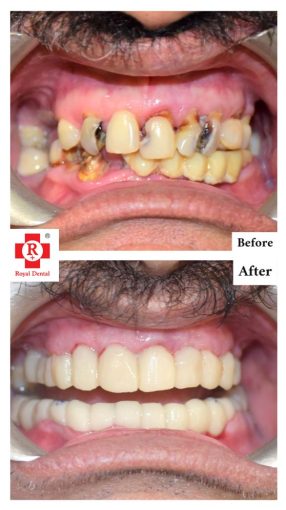
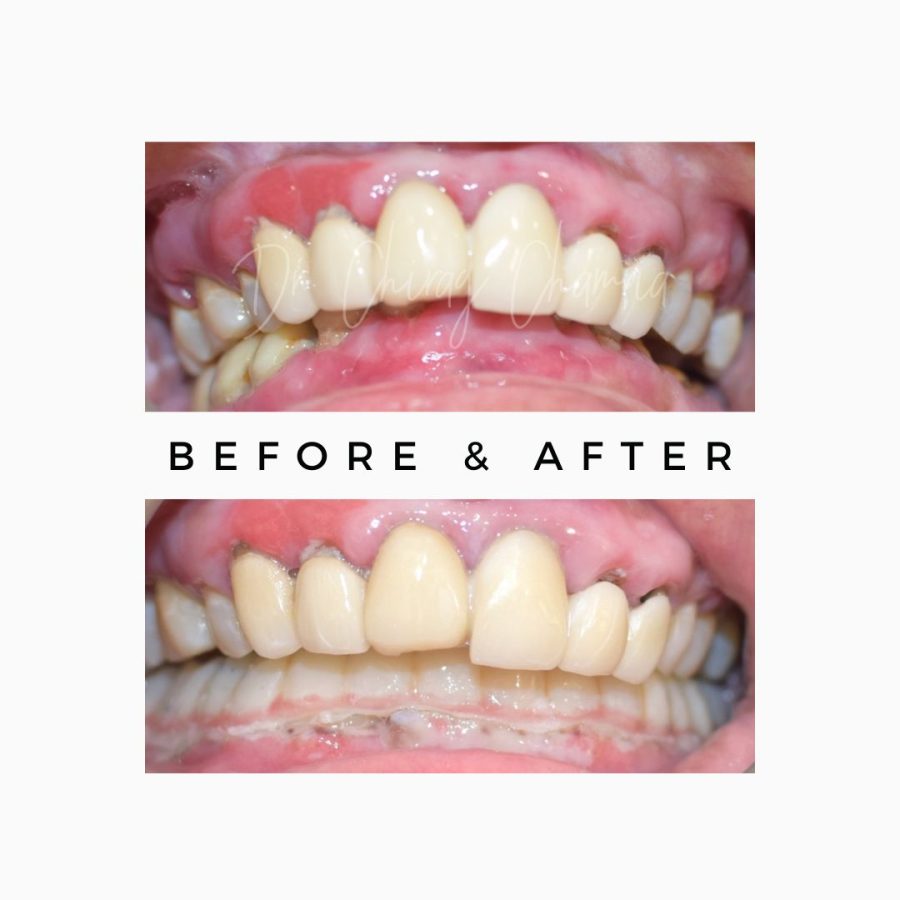
Conclusion
Dental flap surgery is a procedure used to access and repair the inside of the mouth. It is often used to treat tumors and other damage that is too deep to be treated with standard oral surgery. Dental flap surgery can be challenging to treat and repair because the tissues that have been lifted are not connected to the rest of the body. In cases like this, dental flap surgery is a risky procedure that can result in infections, complications, and other serious issues.

